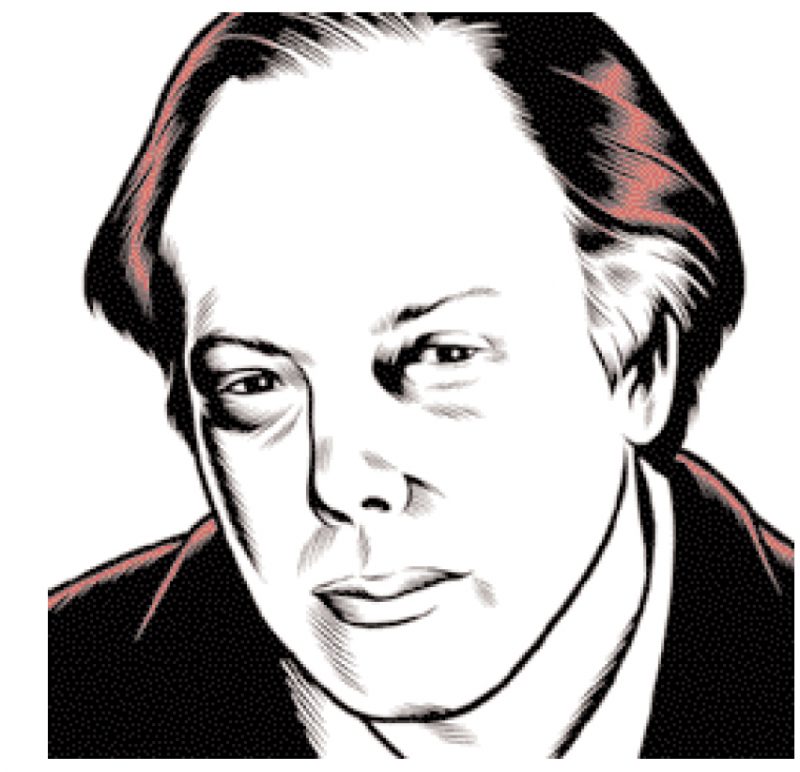During his lifetime, Miguel de Cervantes was the victim of one of the most infuriating offenses known to writers: the appropriation of his characters by another person, the unwarranted manipulation of his inventions, the desecration of his creation. As many people may already know, an apocryphal Part Two of The Ingenious Gentleman, Don Quixote de la Mancha appeared on the Spanish scene in 1614, signed by someone who called himself Alonso Fernández de Avellaneda, though his true identity continues to elude us to this day. There is little doubt, however, that Cervantes knew perfectly well who hid behind the mask of Avellaneda, and yet he refused to do him the honor of revealing his identity, for that would only have allowed the charlatan to enter into posterity. Instead Cervantes merely alluded to him, crestfallen but blasé, in the prologue to the real Part Two of his great novel, which was published a year later, in 1615. One wonders if Cervantes felt inspired to finish it posthaste just to set the record straight regarding Avellaneda’s theft and chicanery, because on top of mucking around with Don Quixote and Sancho Panza, Avellaneda also attacked their creator, calling him an old one-armed fool. As it turns out, he was only a precursor to the contemporary copycat, a figure we are all familiar with: the more they imitate and exploit someone else’s achievements, the more they attack and silence him. It must be an insufferable feeling to know that you have so great a debt to someone whose talents are so vastly superior to your own.
The year 2005 marks the four-hundredth anniversary of the publication of Part One of Don Quixote, but the great commemorators were already running around like mad far before the year in question, to such an extent that by the time 2005 is over, we may find ourselves so bloated from the Don Quixote and Sancho Panza feeding frenzy that we may end up despising them. After all, as Cervantes himself said in the aforementioned prologue, “the abundance of things, albeit good things, makes people appreciate them less.” And for this reason, specifically so that nobody in the future could commit any more “Avellanedisms,” Cervantes made sure to leave Don Quixote “dead and buried, so that no one will dare tell any more stories about him since we already have enough of them as it is.”
Despite that very maddening incident of 1614, the celebration of this anniversary has become a pretext for the onslaught of a whole spate of newfangled Avellanedas, who feel no qualms or scruples about prolonging the existence of the Cervantes characters that are still alive today.“I...
You have reached your article limit
Sign up for a digital subscription and continue reading all new issues, plus our entire archives, for just $1.50/month.
Already a subscriber? Sign in





